Table of Contents
What is Arbol Chili Sauce?
Arbol chili sauce is a traditional Mexican condiment made from dried arbol chilies (Capsicum annuum), known for their small, pointed shape and vibrant red color. Unlike many hot sauces that rely on fruitiness or vinegar tang, arbol sauce delivers a clean, smoky heat that builds gradually without overwhelming the palate. It's a staple in Mexican cuisine, often used in salsas, marinades, and as a finishing touch for dishes. With a Scoville rating of 10,000-30,000 units, it offers moderate heat with complex flavor notes perfect for enhancing both traditional and modern recipes.
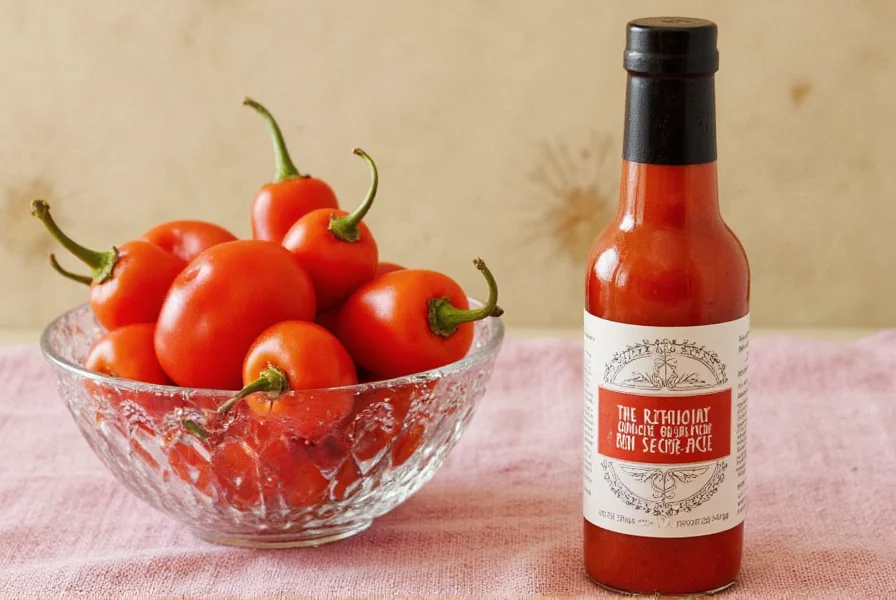
| Hot Sauce | Heat Level (Scoville) | Flavor Notes |
|---|---|---|
| Arbol Chili Sauce | 10,000–30,000 | Smoky, slightly sweet, peppery |
| Habanero Sauce | 100,000–350,000 | Fiery, fruity, citrusy |
| Sriracha | 1,000–2,500 | Garlicky, tangy, slightly sweet |
| Cayenne Pepper Sauce | 30,000–50,000 | Sharp, spicy, herbal |
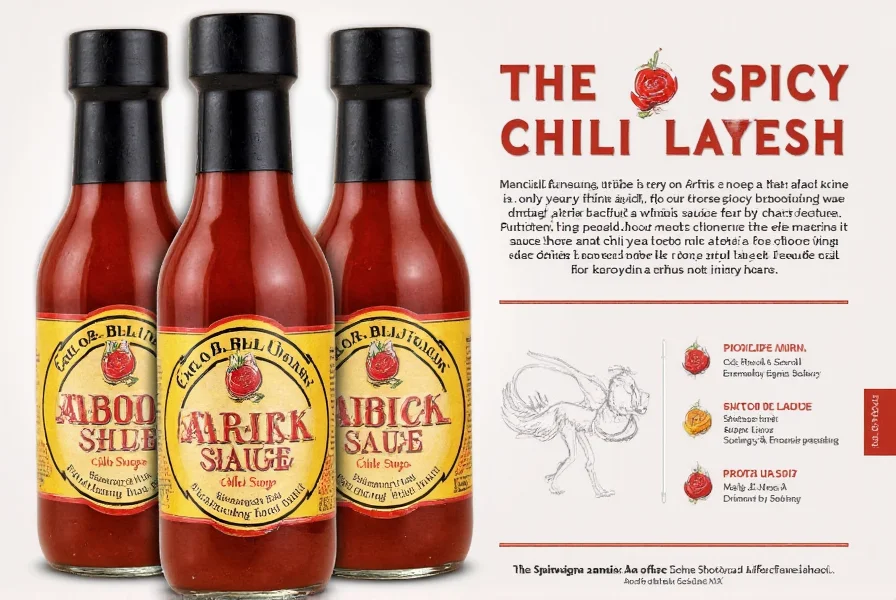
Heat Level & Flavor Profile
Arbol chili sauce's unique character comes from the drying process that concentrates the chilies' natural sugars while preserving their smoky depth. The heat builds slowly and dissipates cleanly, making it ideal for those who want spice without mouth-burning intensity. This balanced profile makes it versatile for both everyday use and specialty dishes.
Best Culinary Uses
Arbol chili sauce excels in these specific applications:
- Tacos & Street Food: Drizzle over carnitas or al pastor for authentic Mexican flavor. For fish tacos, mix with lime juice to create a tangy, smoky sauce.
- Marinades: Combine with olive oil, garlic, and lime for chicken or pork. Let marinate 2+ hours for maximum flavor penetration.
- Grilled Vegetables: Brush onto zucchini, bell peppers, or mushrooms before grilling. The smokiness enhances charred flavors perfectly.
- Breakfast Dishes: Add 1 tsp to scrambled eggs or avocado toast for a spicy kick. Works exceptionally well with chorizo.
- Guacamole Boost: Stir in 1/2 tsp for a subtle smoky depth without overpowering the avocado.
- Stir-Fry Enhancement: Add 1 tsp during cooking for complex heat that complements soy sauce and ginger.

| Product | Key Features | Best For | Price Range |
|---|---|---|---|
| Cholula Original | Smooth texture, balanced heat, 150+ years of tradition | Everyday use, tacos, sandwiches | $3-$5 |
| San Francisco Salsa Co. Arbol | Chunky texture, smoky depth, organic ingredients | Grilling, bold recipes, marinades | $6-$8 |
| El Yucateco Arbol | Authentic Mexican recipe, no preservatives, gluten-free | Traditional dishes, health-conscious cooking | $4-$6 |
| Valentina Arbol | Traditional Mexican brand, slightly sweeter profile | Street food authenticity, casual use | $2-$4 |
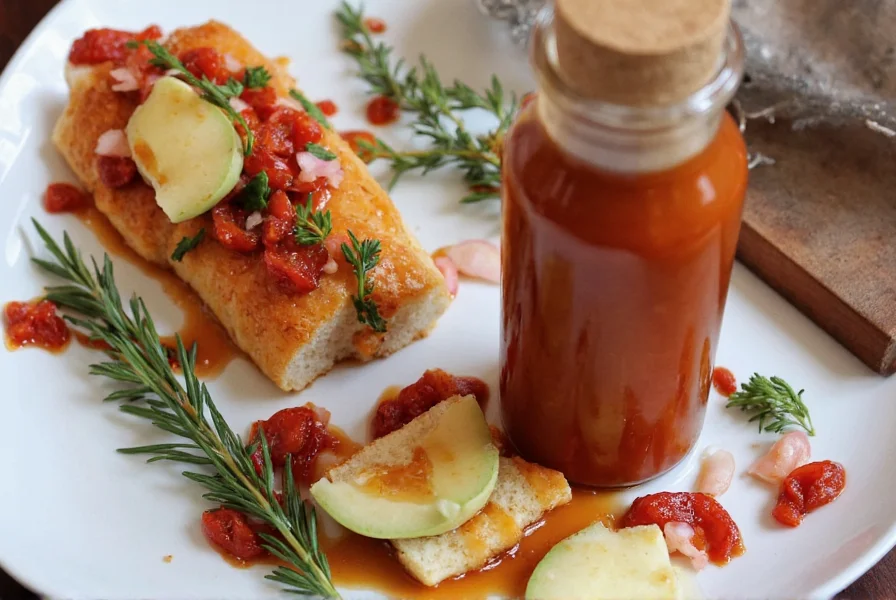
Pro Cooking Tips
- Start Small: Use 1/2 tsp per serving and adjust. Arbol's heat builds gradually.
- Pair with Fats: Mix with mayonnaise, sour cream, or avocado for creamy heat applications.
- Enhance Sauces: Add 1 tsp to tomato-based sauces for depth, or mix with honey for sweet-spicy glazes.
- Storage: Keep refrigerated after opening. Most brands last 6-12 months when stored properly.
- Recipe Integration: For soups and stews, add during the last 5 minutes of cooking to preserve flavor.
Spicy Arbol Chicken Skewers Recipe
- Marinate 1 lb chicken thighs in 3 tbsp arbol sauce, 2 tbsp olive oil, 1 minced garlic clove, and 1 tbsp lime juice for 2 hours.
- Thread onto skewers and grill over medium-high heat for 10-12 minutes.
- Finish with fresh cilantro and lime wedges. Serve with Mexican rice and black beans.
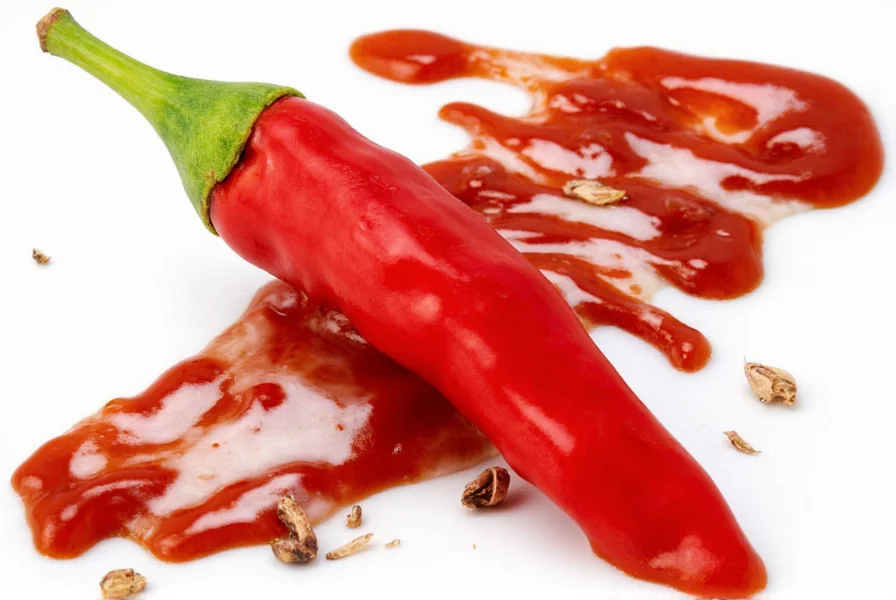
Frequently Asked Questions
What is arbol chili sauce made from?
Arbol chili sauce is primarily made from dried arbol chilies, which are small, thin, red peppers native to Mexico. Most commercial versions also include vinegar for preservation and acidity, salt for flavor enhancement, and sometimes additional ingredients like garlic, onion, or spices to create a more complex flavor profile.
How hot is arbol chili sauce on the Scoville scale?
Arbol chili sauce typically ranges from 10,000 to 30,000 Scoville Heat Units (SHU). This places it in the medium to medium-hot range - noticeably spicier than Tabasco (2,500-5,000 SHU) or Sriracha (1,000-2,500 SHU), but milder than habanero sauce (100,000-350,000 SHU). The heat builds gradually and has a clean, sharp finish rather than overwhelming your palate.
Can I substitute arbol chili sauce for other hot sauces in recipes?
Yes, but with some considerations. Arbol chili sauce has a distinctive smoky, slightly sweet profile with clean heat. If substituting for milder sauces like Tabasco or Sriracha, use about half the amount initially and adjust to taste. When replacing extremely hot sauces like habanero, you may need to use slightly more to achieve similar heat levels, but you'll get a different flavor profile. The vinegar content is usually comparable to other vinegar-based hot sauces, so it works well in most recipes calling for liquid hot sauce.
How long does arbol chili sauce last after opening?
Most commercially produced arbol chili sauces contain enough vinegar and preservatives to remain fresh for 6-12 months after opening when stored in the refrigerator. Always check the specific product's label for manufacturer recommendations. Signs that your sauce has gone bad include mold growth, significant color change, separation that doesn't resolve with shaking, or off smells. When in doubt, it's best to discard the product.
Is arbol chili sauce gluten-free and vegan?
Most traditional arbol chili sauces are naturally gluten-free and vegan, as they typically contain only chilies, vinegar, salt, and sometimes garlic or other vegetables. However, always check the specific product label, as some specialty varieties might include additives that contain gluten or animal products. Brands like Cholula, El Yucateco, and most artisanal producers clearly label their products as gluten-free and vegan when they meet these criteria.
Can I make arbol chili sauce at home?
Absolutely! Homemade arbol chili sauce is surprisingly simple. You'll need dried arbol chilies (about 10-15), 1 cup of vinegar (white or apple cider), 1 small garlic clove, ½ teaspoon of salt, and optionally ¼ teaspoon of cumin. Toast the dried chilies briefly in a dry pan, then soak in hot water for 15-20 minutes until softened. Blend with the other ingredients until smooth, then simmer for 10 minutes to meld the flavors. Strain if you prefer a smoother sauce, then store in sterilized glass bottles. Homemade versions will keep for about 1 month in the refrigerator.
What dishes pair best with arbol chili sauce?
Arbol chili sauce shines with grilled meats (especially chicken and pork), roasted vegetables, eggs, soups, and bean dishes. Its clean heat cuts through rich flavors beautifully, making it excellent with fatty cuts of meat or creamy dishes like guacamole. It also works wonderfully as a base for more complex sauces - try mixing it with mayonnaise for a spicy aioli, or blending with avocado for a quick spicy guacamole. Unlike some fruit-forward hot sauces, arbol's straightforward profile makes it versatile across many cuisines beyond just Mexican.
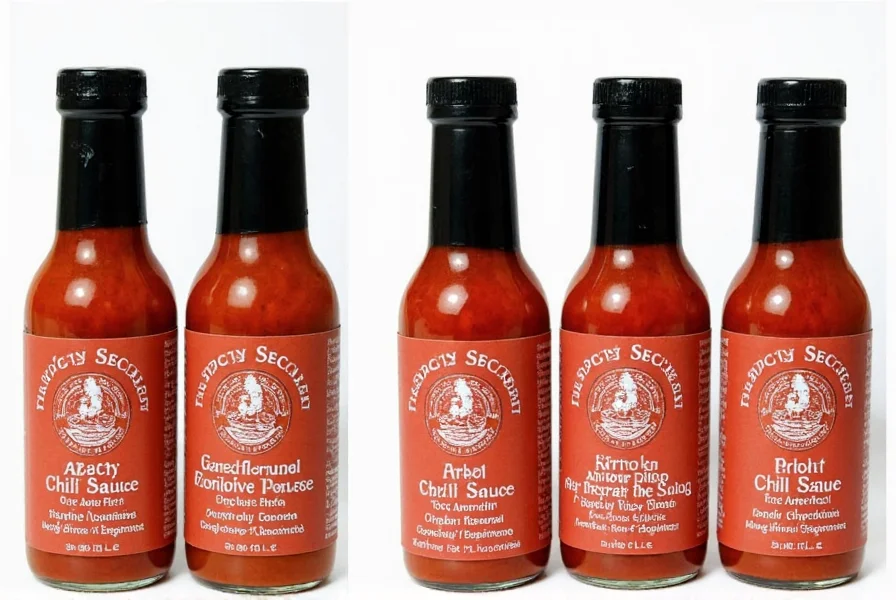











 浙公网安备
33010002000092号
浙公网安备
33010002000092号 浙B2-20120091-4
浙B2-20120091-4